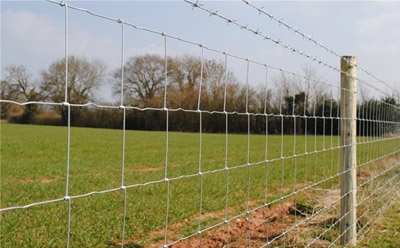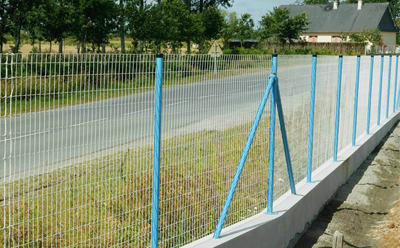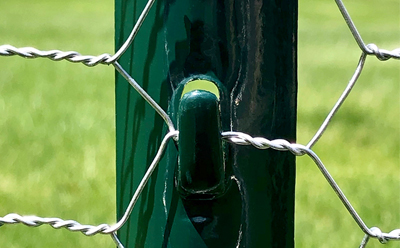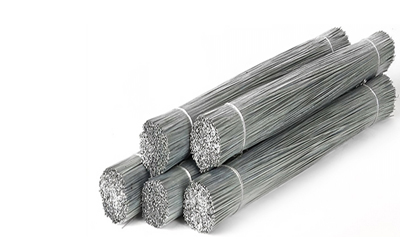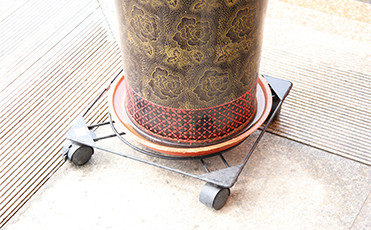Techniques for Installing and Maintaining Splicing Barbed Wire Fences for Enhanced Security and Durability
Aug . 01, 2024 05:59The Importance of Splicing Barbed Wire Fences
Barbed wire fences have been a crucial aspect of land division, security, and livestock management for over a century. Among the different techniques for constructing and maintaining these fences, splicing barbed wire is a critical skill that ensures effectiveness, durability, and safety. This article explores the importance of splicing barbed wire fences, the techniques involved, and their applications.
Understanding Barbed Wire Fences
Barbed wire consists of twisted strands of wire with sharp barbs spaced along its length, designed to deter animals and intruders. Used primarily in agricultural settings, barbed wire fences can be an economical solution for keeping livestock contained and marking property lines. However, like any fencing solution, wear and tear can lead to sagging, breakage, or compromised strength, necessitating proper maintenance and repairs.
The Process of Splicing Barbed Wire
Splicing involves connecting two ends of wire to keep a fence taut and functional. This repair technique can be used when sections of wire have broken or when extending the length of an existing fence. The basic steps involved in splicing barbed wire include securing the strands, twisting the wire ends together, and ensuring that the barbs are properly aligned.
To begin, assess the length of wire needed for the splice, ensuring it exceeds the break by at least several inches on either side. Using pliers, the ends are twisted together tightly, ensuring that the spliced section is strong enough to withstand pressure from both animal movement and environmental elements. Proper splicing not only restores functionality but also helps maintain the integrity of the entire fence structure.
Techniques for Effective Splicing
1. Twist Splice This method involves twisting two wire ends together in a tight, spiral fashion. After the twist, barbs must be positioned carefully to avoid injury to animals or people.
splicing barbed wire fence

2. Overlapping Splice In this method, you place one wire over the other and twist them together at the overlap point. This creates a strong connection and is easy to perform.
3. Use of Connectors For those who may not be as experienced in manual splicing techniques, wire connectors or clamps are available, providing a quick and reliable solution.
Each technique has its advantages, and the choice often depends on factors such as the type and age of the wire, environmental conditions, and the specific requirements of the fencing application.
Applications and Benefits
Splicing barbed wire fences is not limited to simple repairs. It also plays a critical role in adapting fences to changing needs. For instance, if a property owner decides to expand their grazing area, splicing new lengths of wire can easily adjust existing fences instead of building new ones. Moreover, effective splicing can extend the lifespan of a fence, reducing replacement costs.
Beyond agricultural uses, splicing is also beneficial in security settings. Properties that require heightened security measures often rely on barbed wire fences to deter trespassers. Maintaining and splicing these fences ensures they remain a formidable barrier.
Conclusion
The skill of splicing barbed wire fences is more than just a maintenance task; it is an essential practice that enhances security, efficiency, and adaptability in agricultural and industrial settings. Properly spliced fences provide peace of mind to landowners and farmers, ensuring that their assets are protected and their livestock are safe. Understanding and implementing effective splicing techniques is vital for anyone involved in fence maintenance, making it a valuable skill in many aspects of property management.
Copyright © 2025 Hebei Minmetals Co., Ltd. All Rights Reserved. Sitemap | Privacy Policy






